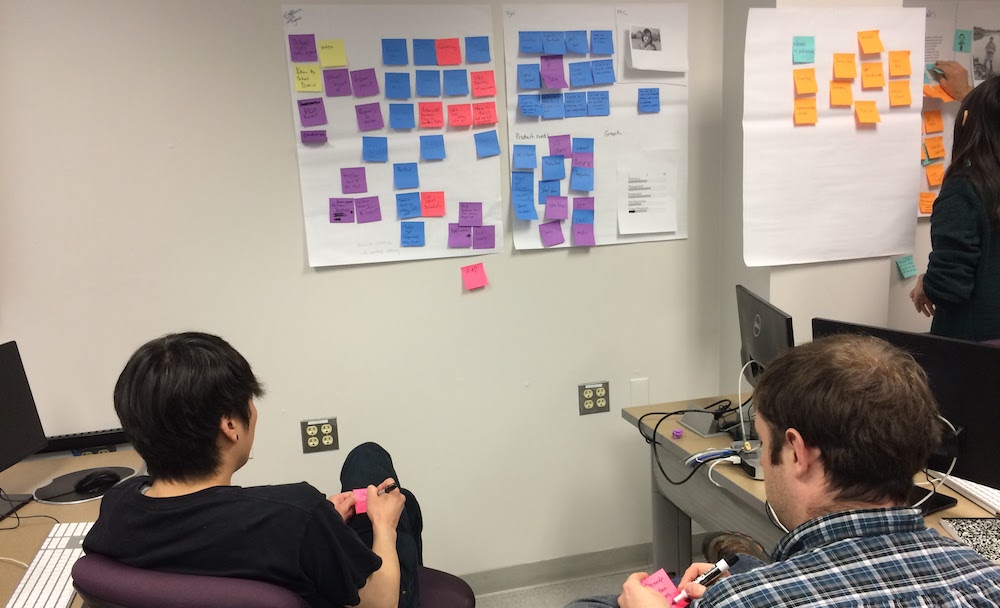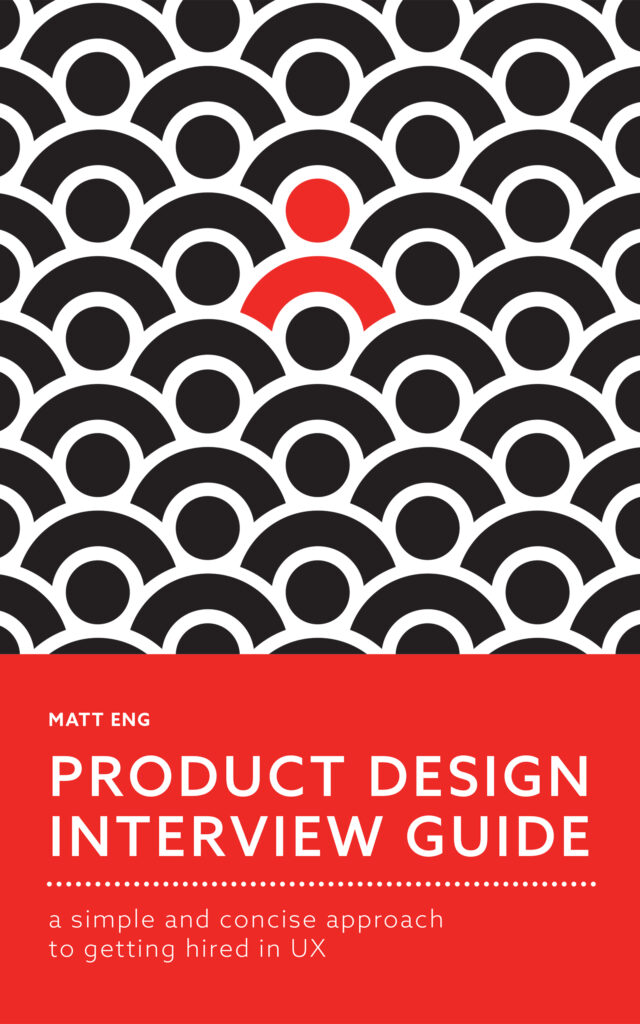My path to a design education and eventually working as a design lead for IBM was not linear. For seven years, I taught in Japan. Before that, I backpacked around the country with an Anthropology degree in search of what I should do.
My journey and my design education
Before teaching, I had a deep interest in tech and design. In my immediate circles during college and afterward, this seemed to be more like a hobby, and I kept it that way until I changed my environment by moving to Austin, TX. I was no longer surrounded by teachers. Instead, I was exposed to a thriving tech community with conferences such as SXSW that ignited the possibilities. Whatever this thing was, I now saw the possibilities to learn and contribute.
Read more about my path to design here.
I tell this story to my students at Austin Community College (ACC) every semester. Whether it is in “Intro to UX” at the beginning of their design journey or in “UX portfolio,” I like to remind them that I was also in search of a clear path to UX design. Most of my students are on a similar journey looking for the best path to becoming a UX designer. Most of them struggle with how to build conceptual problem-solving abilities and technical design skills.
Focus on the not-so-straight path to design education
I cannot speak for the people had the opportunity to take the linear path (i.e. attend design program and get a job in design right out of school) to design. I often work with students who take a nontraditional path to UX design. Like me, they tend to work in another industry, but for various reasons get attracted to the UX industry.
Most of my students tend to focus on how they can make better UI. Some understand the UX process. However, I have met very few students that know how to show their process. Much of their energy zeros in on honing the technical craft, but they are not cognizant of their problem-solving abilities.
This does not mean they start their education with neither of these skills. As educators, we tend to assume that aspiring designers need to learn it all. However, we do not ask them to assess where they are with their skill set. If we start with a more comprehensive self-evaluation, they would have a better grasp of what their goals should be for the year, semester, and class.
Honing the craft versus learning to think
When I was at ACC and afterward with my first design job, I focused almost entirely on creating the most aesthetically pleasing designs. I slowly learned when I transitioned from Web and graphics to UX, that I could not solely use these skills to solve problems. A better button animation would not make it easier for people to complete the tasks they needed.
It has taken me awhile to realize that I needed to actively think out a problem. Often I have to think about a problem for an uncomfortable amount of time before making any recognizable design artifacts. To get to this point, I had to go through plenty of painful learning experiences where my logic often fell short of the reviewers, peers, and clients.
Building awareness to where students are
What can students and teachers do to focus on where they are?
Start by reviewing your current work. I plan to use this Google form with my students to evaluate all of their designs.
Evaluating the students’ problem solving abilities
Evaluating students’ technical abilities
Now track it! Students can go over and evaluate their initial work, and track their progress.
Closing thoughts
Use this to start off your classes. You can then revisit this as you progress throughout the class and your design education.

